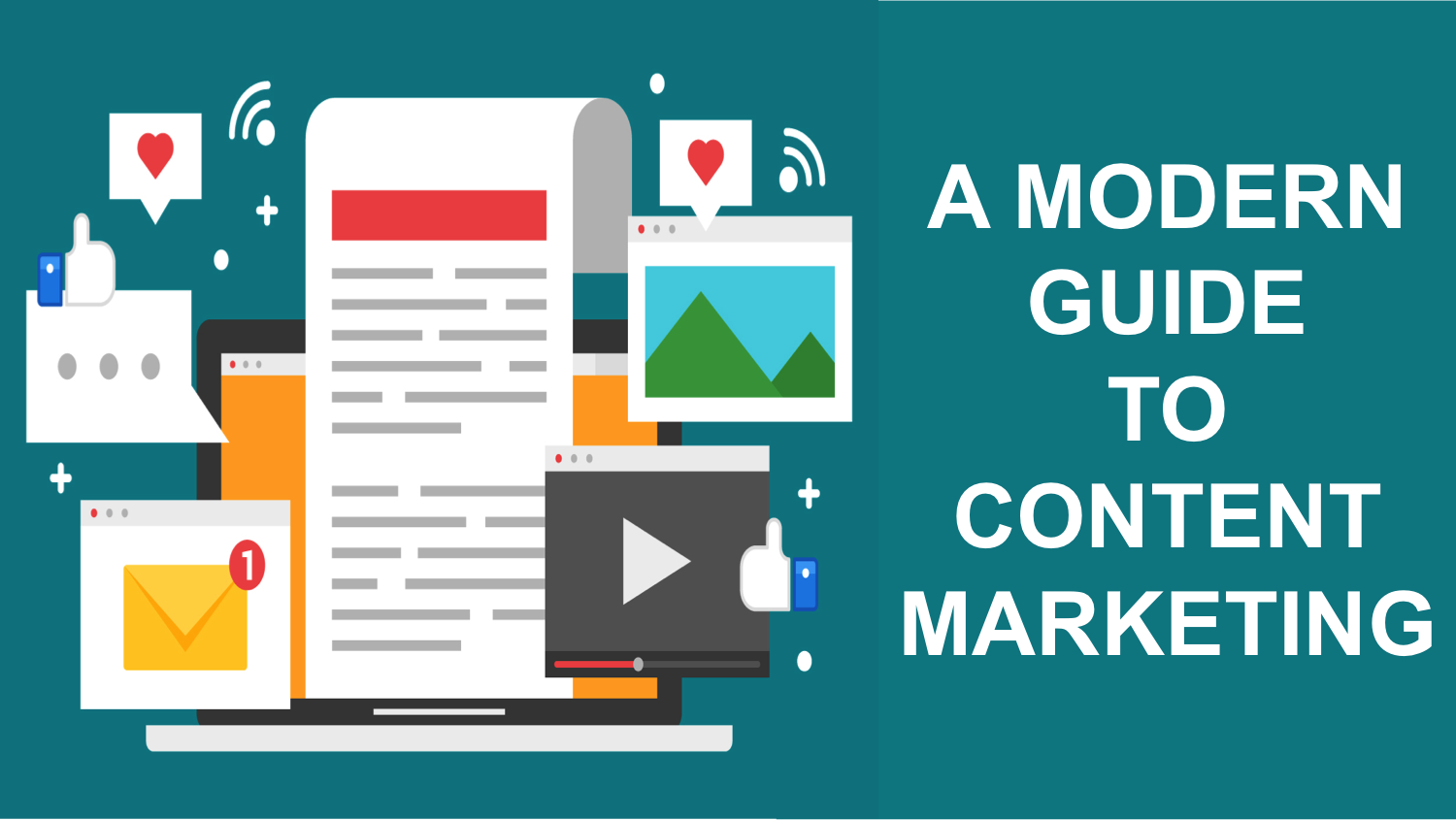1. Understanding Content Marketing
Content marketing involves creating and sharing valuable content to attract and engage a target audience. Unlike traditional advertising, content marketing focuses on providing value and building relationships rather than directly promoting a product or service. This approach helps businesses establish trust and credibility with their audience, leading to increased brand loyalty and customer retention.
2. The Importance of Content marketing strategies
Content marketing offers numerous benefits, including:
- Increased Brand Awareness:
By consistently producing high-quality content, businesses can increase their visibility and reach a larger audience. - Audience Engagement:
Engaging content encourages interaction and fosters a sense of community among the audience. - Lead Generation:
Valuable content attracts potential customers, helping businesses generate leads and nurture them through the sales funnel. - SEO Benefits:
Quality content improves search engine rankings, driving organic traffic to the website. - Building Trust and Credibility:
By providing valuable information, businesses can position themselves as industry experts and build trust with their audience.
3. Key Components of Content marketing strategies
To effectively leverage content marketing, it’s essential to understand its key components:
- Content Strategy:
A well-defined content strategy outlines the goals, target audience, content types, distribution channels, and metrics for measuring success. - Content Creation:
This involves producing various types of content, such as blog posts, articles, videos, infographics, podcasts, and social media posts. - Content Distribution:
Distributing content through various channels, including websites, social media, email newsletters, and third-party platforms, ensures it reaches the target audience. - Content Optimization:
Optimizing content for search engines and user experience helps improve its visibility and engagement. - Content Measurement:
Tracking and analyzing content performance using metrics such as traffic, engagement, conversions, and ROI helps in refining the content strategy.
4. Developing a Content marketing strategies
A successful content marketing strategy involves several steps:
- Define Your Goals: Clearly define your content marketing goals, such as increasing brand awareness, generating leads, driving traffic, or boosting conversions.
- Identify Your Target Audience:
Understand your target audience’s demographics, preferences, and pain points to create content that resonates with them. - Conduct a Content Audit:
Assess your existing content to identify gaps, strengths, and opportunities for improvement. - Develop Content Ideas:
Brainstorm content ideas based on your audience’s needs and interests. Use tools like keyword research, competitor analysis, and customer feedback to generate ideas. - Create a Content Calendar:
Plan and schedule your content production and distribution to ensure consistency and timely delivery. - Choose Content Types and Formats:
Select the types and formats of content that best suit your audience and goals. This could include blog posts, videos, infographics, ebooks, case studies, and more. - Distribute Your Content:
Identify the channels where your audience is most active and distribute your content through those platforms. - Measure and Analyze Performance:
Track the performance of your content using relevant metrics and use the insights to refine your strategy.
5. Types of Content for Effective Content marketing strategies
Different types of content serve different purposes and can help engage your audience in various ways:
- Blog Posts:
Informative and engaging blog posts can drive traffic to your website, improve SEO, and establish your brand as an authority in your industry. - Videos:
Videos are highly engaging and can convey complex information in an easily digestible format. They are ideal for tutorials, product demonstrations, and storytelling. - Infographics:
Infographics present data and information visually, making it easy for the audience to understand and share. - Podcasts:
Podcasts allow you to share valuable insights and stories with your audience in an audio format, making it convenient for them to consume content on the go. - Case Studies:
Case studies showcase real-life examples of how your products or services have helped customers, building credibility and trust.
Case Studies:
Case studies showcase real-life examples of how your products or services have helped customers, building credibility and trust. - Ebooks and Whitepapers:
These in-depth resources provide detailed information on specific topics, helping to generate leads and establish thought leadership. - Social Media Posts:
Short and engaging social media posts help in building a community, increasing brand visibility, and driving traffic to your website. - Email Newsletters:
Regular email newsletters keep your audience informed about your latest content, products, and updates, nurturing leads and driving conversions.
6. Content Distribution Channels
Effectively distributing your content ensures it reaches the right audience at the right time:
- Website and Blog:
Publishing content on your website and blog helps drive organic traffic and improves SEO. - Social Media:
Sharing content on social media platforms like Facebook, Twitter, LinkedIn, Instagram, and Pinterest increases visibility and engagement. - Email Marketing:
Sending content through email newsletters keeps your audience engaged and informed. - Content Syndication:
Republishing your content on third-party platforms like Medium, LinkedIn Pulse, and industry-specific blogs helps reach a broader audience. - Guest Blogging:
Writing guest posts for other blogs and websites helps build backlinks, improve SEO, and reach new audiences. - Webinars and Live Streams:
Hosting webinars and live streams allows you to interact with your audience in real-time and share valuable insights.
7. Measuring Content marketing strategies Success
To evaluate the effectiveness of your content marketing efforts, it’s essential to track and analyze relevant metrics:
- Traffic:
Monitor the number of visitors to your website and blog to gauge the reach of your content. - Engagement:
Track metrics such as likes, shares, comments, and time spent on page to measure audience engagement. - Lead Generation:
Measure the number of leads generated through your content, such as email sign-ups, form submissions, and downloads.
Lead Generation:
Measure the number of leads generated through your content, such as email sign-ups, form submissions, and downloads. - Conversions:
Track the number of conversions, such as purchases, sign-ups, and inquiries, resulting from your content.
Conversions:
Track the number of conversions, such as purchases, sign-ups, and inquiries, resulting from your content. - SEO Performance:
Monitor metrics such as keyword rankings, organic traffic, and backlinks to assess the impact of your content on SEO. - Social Media Metrics:
Track metrics such as followers, reach, engagement, and click-through rates on social media platforms. - ROI:
Calculate the return on investment (ROI) of your content marketing efforts by comparing the costs of content creation and distribution with the revenue generated.
8. Best Practices for Content marketing strategies
Implementing best practices helps ensure the success of your content marketing efforts:
- Create High-Quality Content:
Focus on creating valuable, informative, and engaging content that addresses your audience’s needs and interests. - Be Consistent:
Maintain a consistent publishing schedule to keep your audience engaged and build trust. - Optimize for SEO:
Use relevant keywords, meta tags, and high-quality backlinks to improve your content’s search engine visibility. - Leverage Visuals:
Incorporate visuals such as images, videos, and infographics to make your content more engaging and shareable. - Promote Your Content:
Actively promote your content through various channels, including social media, email, and content syndication. - Engage with Your Audience:
Encourage and respond to comments, questions, and feedback to build a community and foster engagement. - Analyze and Refine:
Continuously monitor your content’s performance and use the insights to refine your strategy and improve results.
9. Case Study: Successful Content Marketing Campaign
To illustrate the impact of content marketing, let’s consider a case study of a technology company:
Objective: Increase brand awareness, generate leads, and drive conversions.
Strategy:
- Content Creation:
The company creates a mix of blog posts, videos, infographics, and case studies addressing common pain points and interests of their target audience. - Content Distribution:
They publish content on their website, share it on social media platforms, send it through email newsletters, and syndicate it on third-party platforms. - Content Optimization:
They optimize their content for SEO by using relevant keywords, meta tags, and high-quality backlinks. - Audience Engagement:
They actively engage with their audience by responding to comments, questions, and feedback on their blog and social media channels. - Performance Measurement:
They track key metrics such as traffic, engagement, lead generation, and conversions to assess the effectiveness of their content marketing strategies.
Results:
- Increased Brand Awareness:
The consistent publication of high-quality content leads to increased visibility and brand recognition. - Higher Engagement:
The engaging and informative content fosters interaction and builds a sense of community among the audience. - Lead Generation:
The valuable content attracts potential customers, generating leads and nurturing them through the sales funnel.
Lead Generation:
The valuable content attracts potential customers, generating leads and nurturing them through the sales funnel. - Improved Conversions:
The optimized content and active audience engagement result in higher conversion rates.





